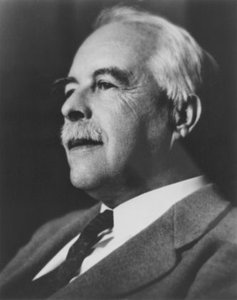
Gilbert Newton Lewis was an American physical chemist and a dean of the college of chemistry at University of California, Berkeley. Lewis was best known for his discovery of the covalent bond and his concept of electron pairs; his Lewis dot structures and other contributions to valence bond theory have shaped modern theories of chemical bonding. Lewis successfully contributed to chemical thermodynamics, photochemistry, and isotope separation, and is also known for his concept of acids and bases. Lewis also researched on relativity and quantum physics, and in 1926 he coined the term "photon" for the smallest unit of radiant energy.

Sidney Clopton Lanier was an American musician, poet and author. He served in the Confederate States Army as a private, worked on a blockade-running ship for which he was imprisoned, taught, worked at a hotel where he gave musical performances, was a church organist, and worked as a lawyer. As a poet he sometimes used dialects. Many of his poems are written in heightened, but often archaic, American English. He became a flautist and sold poems to publications. He eventually became a professor of literature at Johns Hopkins University in Baltimore, and is known for his adaptation of musical meter to poetry. Many schools, other structures and two lakes are named for him, and he became hailed in the South as the "poet of the Confederacy". A 1972 US postage stamp honored him as an "American poet".

Juris Hartmanis was a Latvian-born American computer scientist and computational theorist who, with Richard E. Stearns, received the 1993 ACM Turing Award "in recognition of their seminal paper which established the foundations for the field of computational complexity theory".

Jaron Zepel Lanier is an American computer scientist, visual artist, computer philosophy writer, technologist, futurist, and composer of contemporary classical music. Considered a founder of the field of virtual reality, Lanier and Thomas G. Zimmerman left Atari in 1985 to found VPL Research, Inc., the first company to sell VR goggles and wired gloves. In the late 1990s, Lanier worked on applications for Internet2, and in the 2000s, he was a visiting scholar at Silicon Graphics and various universities. In 2006 he began to work at Microsoft, and from 2009 has worked at Microsoft Research as an Interdisciplinary Scientist.

Kathryn Jean Whitmire is an American politician, businesswoman, and accountant best known as the first woman to serve as Mayor of Houston, serving for five consecutive two-year terms from 1982 to 1992. From 1977 to 1981, she was the city controller, a position which made her the first woman elected to any office in the city. Whitmire drew national attention when she defeated former Harris County Sheriff Jack Heard in her election as mayor. The election drew national focus because it symbolized a major political realignment in the fourth-largest city in the United States.

Lewis Thomas was an American physician, poet, etymologist, essayist, administrator, educator, policy advisor, and researcher.
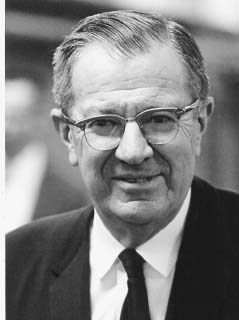
Frederick Emmons Terman was an American professor and academic administrator. He was the dean of the school of engineering from 1944 to 1958 and provost from 1955 to 1965 at Stanford University. He is widely credited as being the father of Silicon Valley.
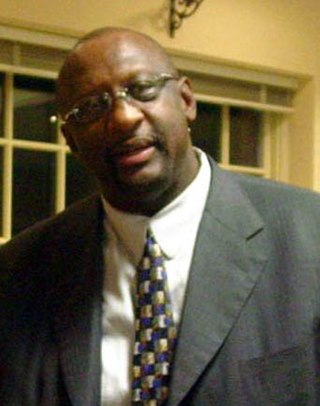
Robert Jerry Lanier Jr. was an American professional basketball player. He played center for the Detroit Pistons and the Milwaukee Bucks of the National Basketball Association (NBA). Lanier was inducted into the Naismith Memorial Basketball Hall of Fame in 1992.
Willie Edward Lanier, is an American former professional football player who was a linebacker for the Kansas City Chiefs of the American Football League (AFL) and National Football League (NFL) from 1967 through 1977. He won postseason honors for eight consecutive years, making the AFL All-Star team in 1968 and 1969 before being selected to the Pro Bowl from 1970 through 1975.
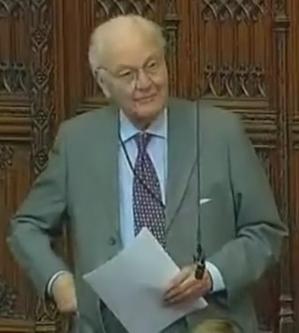
Jack Lewis, Baron Lewis of Newnham, FRS, HonFRSC was an English chemist working mainly in the area of inorganic chemistry.

George Brown Goode, was an American ichthyologist and museum administrator.

John Lewis "Jan" Hall is an American physicist, and Nobel laureate in physics. He shared the 2005 Nobel Prize in Physics with Theodor W. Hänsch and Roy Glauber for his work in precision spectroscopy.

Lewis McAdory Branscomb was an American physicist, government policy advisor, and corporate research manager. He was best known for being head of the National Bureau of Standards and, later, chief scientist of IBM; and as a prolific writer on science policy issues.

POU domain, class 4, transcription factor 1 (POU4F1) also known as brain-specific homeobox/POU domain protein 3A (BRN3A), homeobox/POU domain protein RDC-1 or Oct-T1 is a protein that in humans is encoded by the POU4F1 gene.

Lewis William Washington was a great-grandnephew of President George Washington. He is most remembered today for his involuntary participation in John Brown's raid on Harpers Ferry, Virginia, in 1859. He was taken as hostage and some of his slaves were briefly freed. As he outranked the other hostages he was their unofficial spokesperson, and he testified in Brown's subsequent trial, and before the Senate committee investigating the raid.

Lewis Ralph Jones was an American botanist and agricultural biologist.
Donald Laverne Katz was an American chemist and chemical engineer.

Jerrold Meinwald was an American chemist known for his work on chemical ecology, a field he co-founded with his colleague and friend Thomas Eisner. He was a Goldwin Smith Professor Emeritus of Chemistry at Cornell University. He was author or co-author of well over 400 scientific articles. His interest in chemistry was sparked by fireworks done with his friend Michael Cava when they were still in junior high school. Meinwald was also a music aficionado and studied flute with Marcel Moyse – the world's greatest flutist of his time.
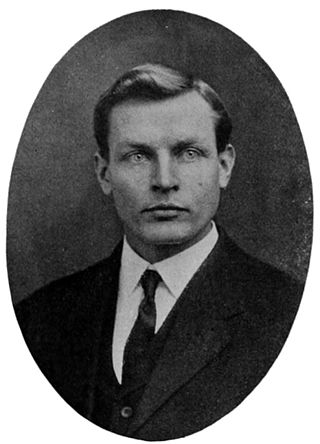
Joseph Peterson was an American psychologist and a past president of the American Psychological Association (APA).
Steven Lanier McKnight is a professor and former chair of the department of biochemistry at UT Southwestern. His research is in the area of transcriptional regulation.
















